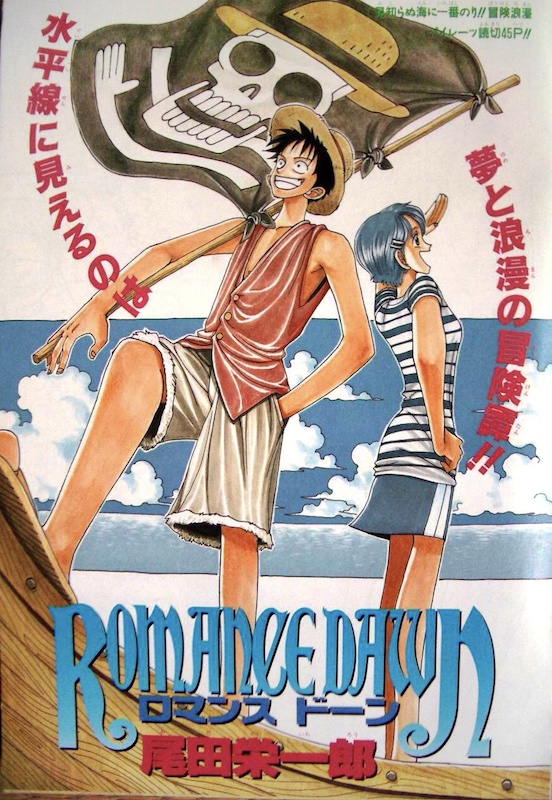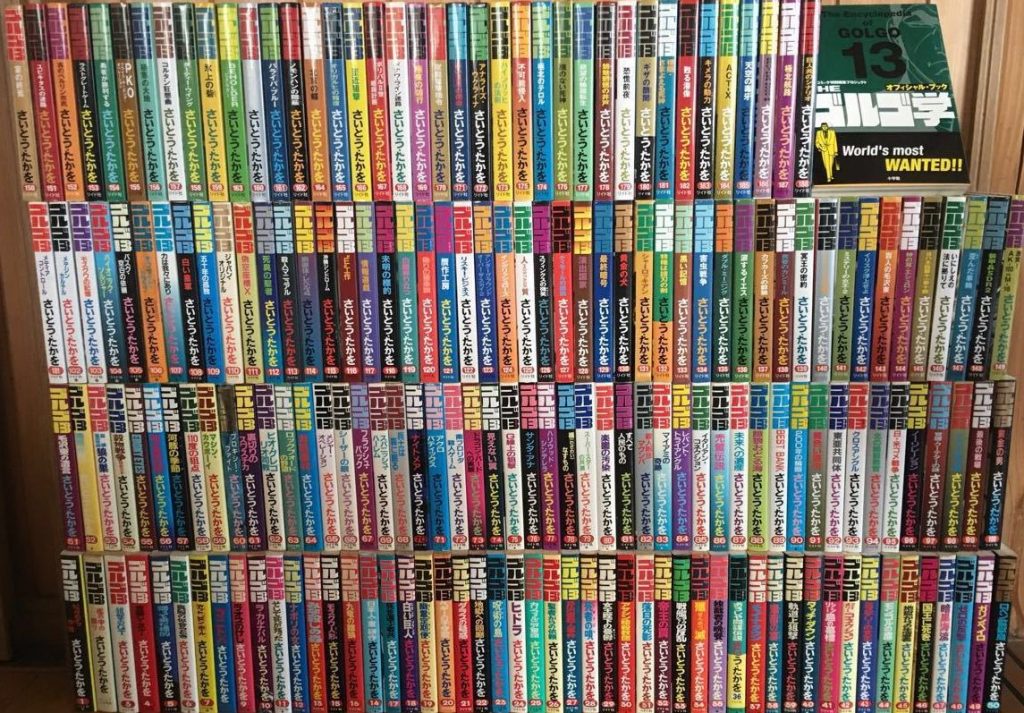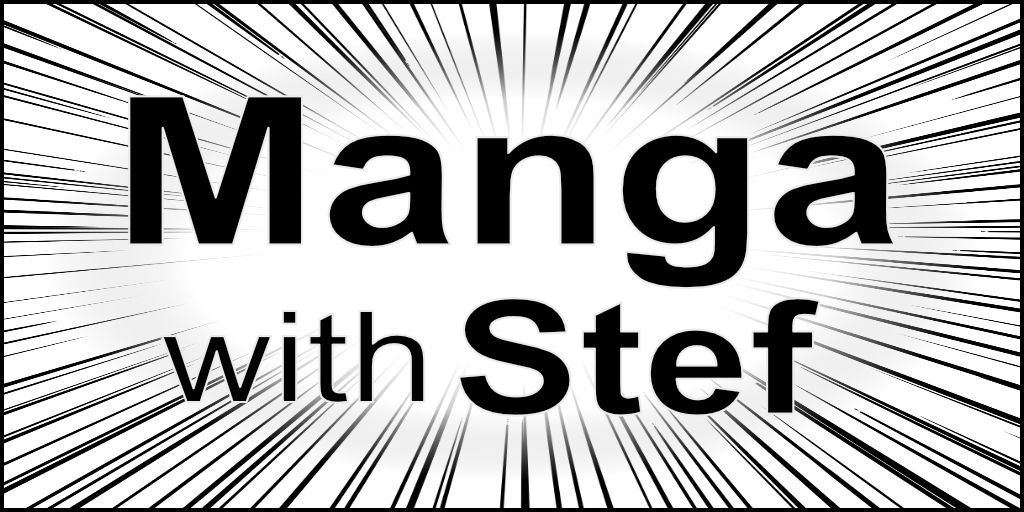How a Manga is Made
How a Manga is Made
You want to make a manga but you don’t know where to start and how to proceed? Don’t worry, in this post I will show you how a manga is made, from the initial idea to the publication of a series.
In this first article I will present the different steps of the publication of a manga in Japan, as well as a quick indication on how you can replicate these steps.
From an idea to a successful short story
A manga starts with an idea for a story and some characters.
In Japan, the first step to test if this idea is good is to publish a short story. A short story is a complete story, around 60 pages long, that serves to collect feedbacks from the audience regarding whether or not this idea and its characters have some potential for success.

Japanese manga artists might publish multiple short stories in the frame of dedicated competitions before getting an idea that is attracting enough to the readers. But if an idea gets sufficient positive feedbacks, then the idea will reworked into a manga series. The publishing company that hosted the competition will contract with the manga authors and provide them with the support of an editor.
The serialisation of the manga
Now that the story has shown good potential for success, the editor and the manga artists will analyse the feedbacks from the readers. That feedback will allow the manga artists to develop a new story around the initial ideas as well as to refine the characters. They now prepare for what could potentially be a new manga success story.
The scenarist starts with the outline of the overall story, identifying the key elements of the plot as well as the characters’ arc.
Then, with that global picture in mind, the scenarist will detail the first 3 episodes. The publication of a manga series starts with a first episode of 60 pages. The next episodes will have around 20 pages.
Episodes are published every week, every two weeks or every month according to the magazine in which they are printed. Feedback is collected every time an episode is published to monitor the interest of the public for the story.
Making a manga survive over time
Again, if feedbacks are good, the manga series publication will continue as planned, with new chapters being published periodically.
But if these feedbacks start to show decreasing interest for the story, the editor will work with the authors to make some revisions. These revisions can be just a subtile change of plot, the introduction of new characters or of new enemies.
But these changes can also be more radical and change the orientation of the story. It can be the introduction of battles, sexual or graphical content in a story that didn’t contain any. The objective is to better fit the readers’ expectations or desires.
If all goes well, the story will continue with these subtile or more radical revisions.

But…
The manga series comes to an end
These revisions can lead to a complete change of the spirit of the story which might not be accepted by the authors. Or these revisions might not bring the spark of interest which was expected from the audience…
This is where the story will be moved into its final stage. The authors will be given a month or two to end their story, and the publication will end. It might even happened that the story stops on a twist or remains unfinished…
A new cycle begins!
The authors will have to start again the full cycle, from ideation, idea testing through short stories, and new serialisation… And the cycle will repeat again and again until the authors find a new good idea.
Making a manga outside of Japan
Of course, you might not be living in Japan and therefore you will not benefit from the same publication ecosystem.
Nevertheless what is important is to remember the process:
- ideation
- short story + feedback analysis
- serialisation + monitoring
Finding ideas can be complex, but we will see in a future article what can be manners to get some.
To test your characters, and get feedbacks regarding your story, you can use social media like Twitter, Instagram, Pinterest, DeviantArt… A lot of people are there and you can quickly get an idea if your characters and ideas are good with the number of like you get. Again, start with a small story first. Test the plot, test the characters, and if the feedback is good, then target bigger.
For the serialisation, you can continue on social media, or target dedicated platform like WebToon or so. And if you want to publish your manga on paper, you can use print on demand services. You have Amazon’s Kindle Direct Publishing (KDP) for instance.
And remember that it can take years for manga artists to come with an idea attractive to the readers. Most manga artists start as assistants to a serialised manga artist. This allows them to gain skills and to earn a salary. They will work in parallel on their own projects. As indicated, it takes a lot of patience to get serialised by a publishing company.
—
That’s it for this article. Do not hesitate to share your feedbacks 😉
Next time I will speak about equipment used for manga making.
See you!
Stef
